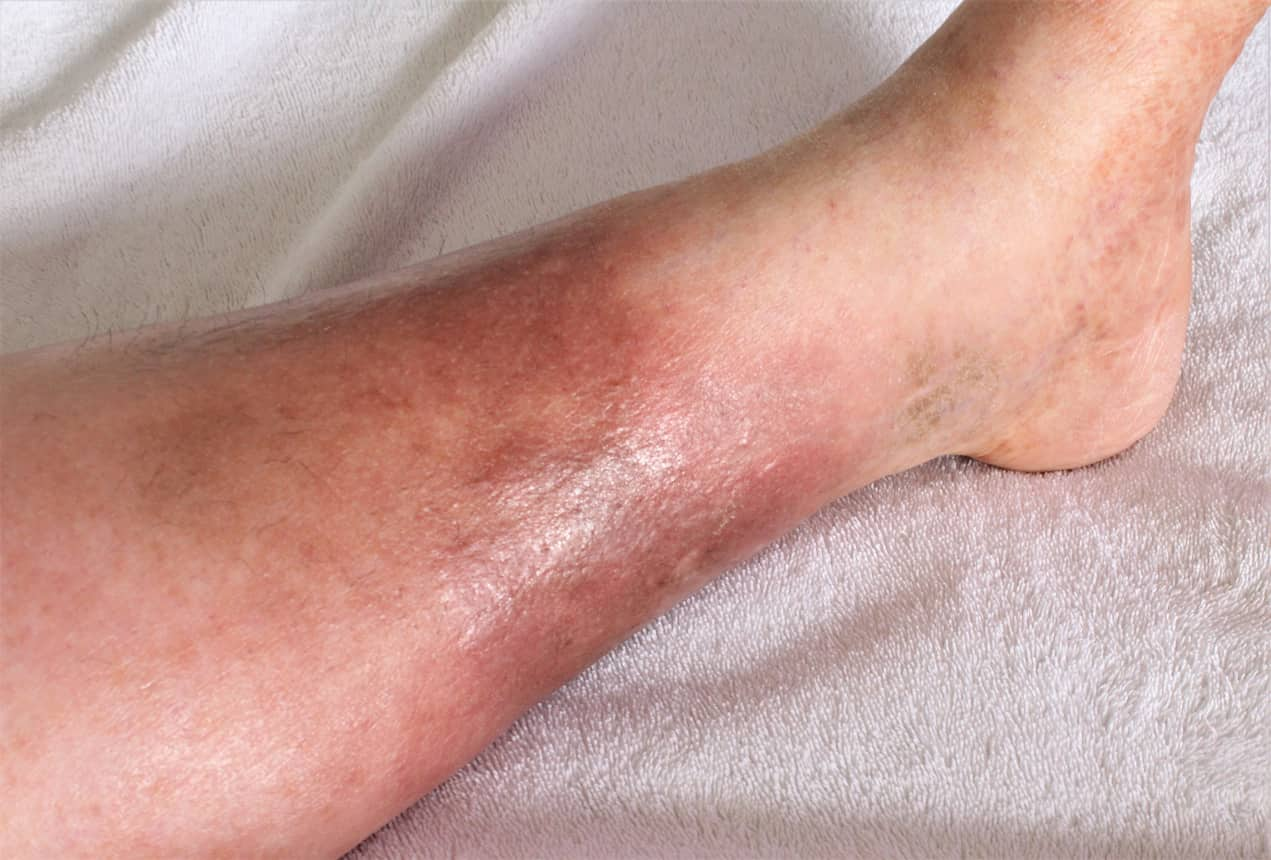
The Truth About Pain After Vascular Surgery
Undergoing any kind of surgery can be a daunting experience, especially when it comes to the recovery process. Vascular surgery is no exception, and pain is a common concern for patients. In this article, we will discuss what you need to know about pain after vascular surgery, including how long it lasts, recovery time, potential side effects, and hard signs to look out for.
What is Vascular Surgery?
Vascular surgery is a surgical specialty that deals with the diagnosis and treatment of conditions related to the blood vessels, including arteries, veins, and lymphatic vessels. The field of vascular surgery encompasses a wide range of procedures, from minimally invasive procedures to major open surgeries. Vascular surgeons work to restore blood flow and circulation to the body’s organs and tissues, helping to prevent serious complications and improve quality of life.
Some of the conditions that vascular surgery can treat include peripheral artery disease, aneurysms, deep vein thrombosis, varicose veins, and carotid artery disease. Vascular surgeons use a variety of techniques and tools to diagnose and treat these conditions, including ultrasound, angiography, stenting, and bypass grafts. Depending on the condition and the individual patient’s needs, vascular surgery may be performed as an outpatient procedure or require an extended hospital stay.
As with any surgery, vascular surgery carries some risks, including bleeding, infection, and blood clots. However, with modern techniques and technologies, many vascular surgeries can be performed using minimally invasive approaches, which can reduce the risks and speed up recovery times. If you are experiencing symptoms related to your blood vessels, it is important to speak with a qualified vascular surgeon to determine the best course of treatment for your specific needs.
How Long Does Pain Last After Vascular Surgery?
The duration of pain after vascular surgery varies from patient to patient and depends on the type and extent of the procedure. Mild discomfort is common for the first few days after surgery and can be managed with pain medication prescribed by your doctor. However, some patients may experience more intense pain for a longer period, especially after more invasive procedures.
According to a study published in the Journal of Vascular Surgery, the median duration of pain after major vascular surgery was 17 days. The study also found that patients who experienced pain for longer periods had a higher risk of developing chronic pain. It is essential to follow your doctor’s instructions for pain management after surgery and report any severe or prolonged discomfort to them promptly.

How Long Does It Take to Heal From Vascular Surgery?
The healing process after vascular surgery depends on several factors, including the extent of the surgery, the patient’s overall health, and the presence of any complications. In general, patients can expect to recover fully within 4-6 weeks after surgery.
During this time, it is crucial to follow all postoperative care instructions provided by your doctor, including rest, wound care, and physical therapy. Following these instructions can help promote healing and prevent complications.
Vascular surgery recovery time can be affected by several factors such as age, lifestyle choices like smoking, and the type of surgery. It is essential to have an open conversation with your doctor about what to expect during the recovery period and what you can do to promote healing.
What Are The Side Effects of Vascular Surgery?
Like any surgical procedure, vascular surgery carries the risk of side effects and complications. Common side effects of vascular surgery include pain, swelling, bruising, and infection at the incision site. Other potential side effects include:
Bleeding
Blood clots
Nerve damage
Organ damage
Anesthesia complications
It is important to discuss the potential risks and side effects of vascular surgery with your doctor before the procedure. Your doctor will work with you to determine the best course of treatment and ensure that you are well-informed about the potential risks.
What Are Hard Signs of Vascular Surgery?
Hard signs of vascular surgery refer to complications that require immediate medical attention. These may include:
Bleeding that does not stop with pressure
Loss of pulse or sensation in the affected limb
Cold or numb extremities
Rapidly expanding hematoma
Abdominal pain or distension
If you experience any of these hard signs after vascular surgery, seek medical attention immediately. These symptoms could indicate a potentially life-threatening complication that requires urgent treatment.
It is important to note that not all complications after vascular surgery are hard signs. Other potential complications may not require immediate medical attention but should still be reported to your doctor, such as:
Swelling, redness, or warmth around the incision site
Fever or chills
Pain that worsens over time
Numbness or tingling in the affected limb
Reporting any potential complications to your doctor promptly can help prevent further complications and ensure that you receive appropriate treatment.
The Study of Pain After Vascular Surgery
Recent research published in the Journal of Vascular Surgery, which analyzed a large cohort of patients undergoing vascular surgery, sheds light on the pain duration following major vascular procedures. The study found that the median duration of pain after major vascular surgery was 17 days, with considerable variation depending on the surgical approach and individual patient factors. This study underscores the importance of understanding that post-surgery pain can be a variable experience and highlights the need for personalized pain management strategies.
Healthy Türkiye Notes
Pain after vascular surgery is a common concern for patients, but it is important to remember that the duration and severity of pain can vary widely depending on the type of surgery and the patient’s individual circumstances. It is essential to follow all postoperative care instructions carefully, including medication management and physical therapy, to promote healing and prevent complications.
While some side effects and complications can occur after vascular surgery, most patients recover fully within 4-6 weeks. If you experience any hard signs of complications after surgery, seek medical attention immediately. By being well-informed about the potential risks and the recovery process, patients can approach vascular surgery with confidence and work towards a smooth and successful recovery.


